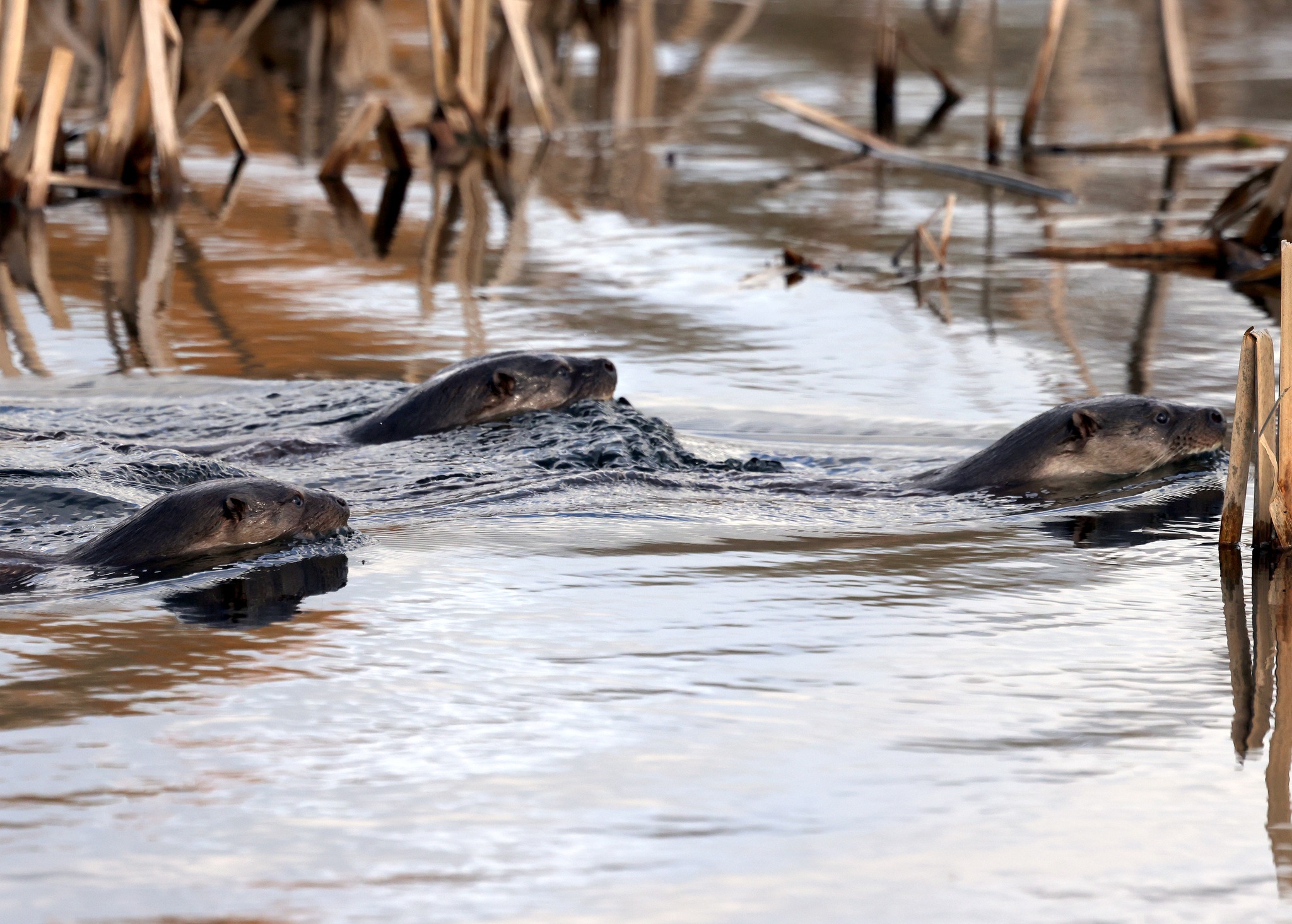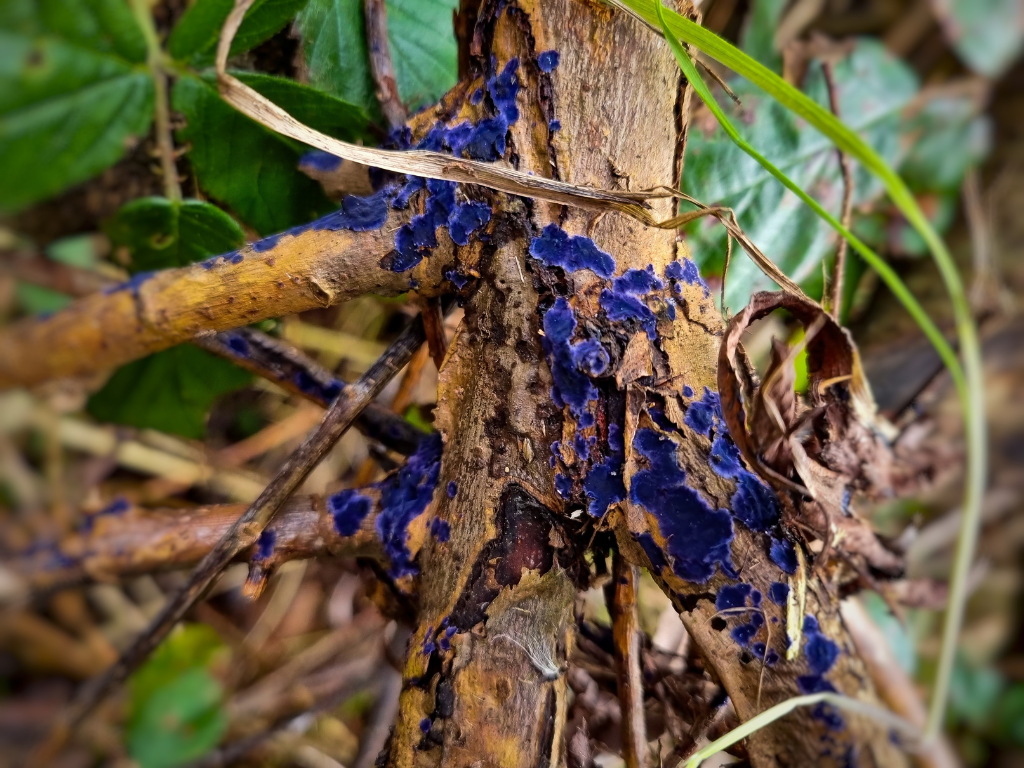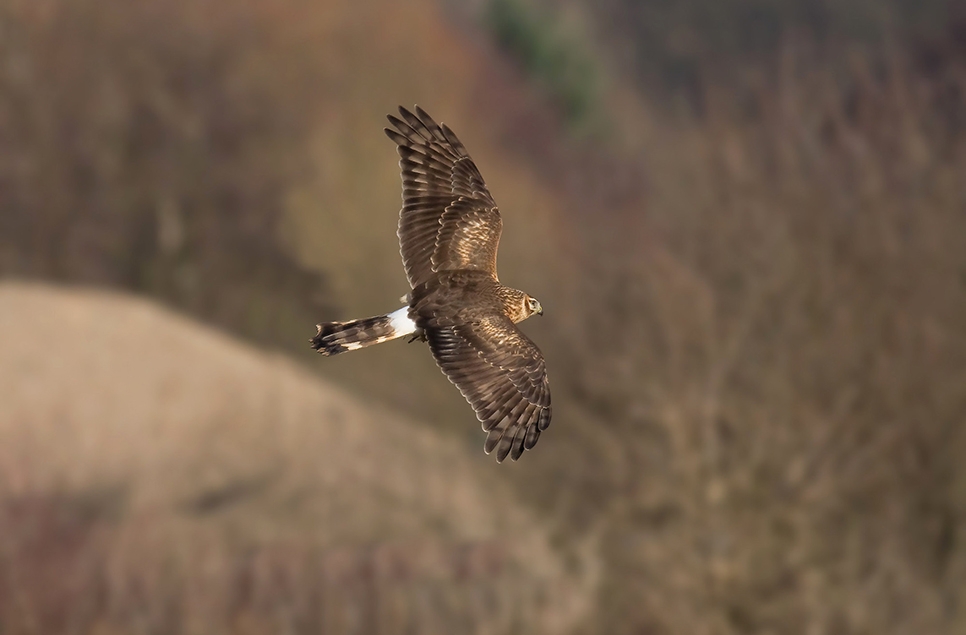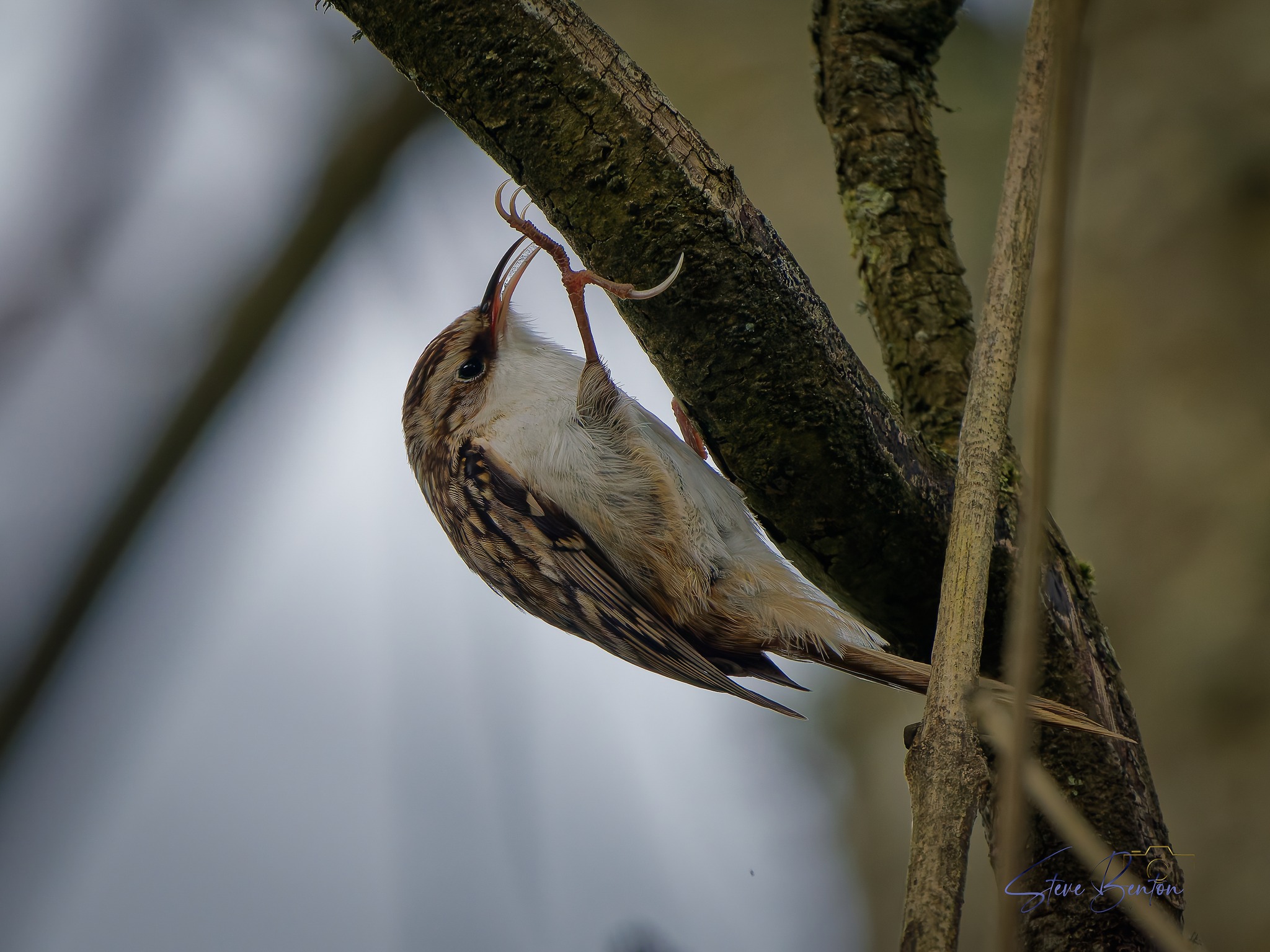Recent Sightings 16th April - 22nd April
The first Dragonfly, new Sedge Warblers, and Garganey pair
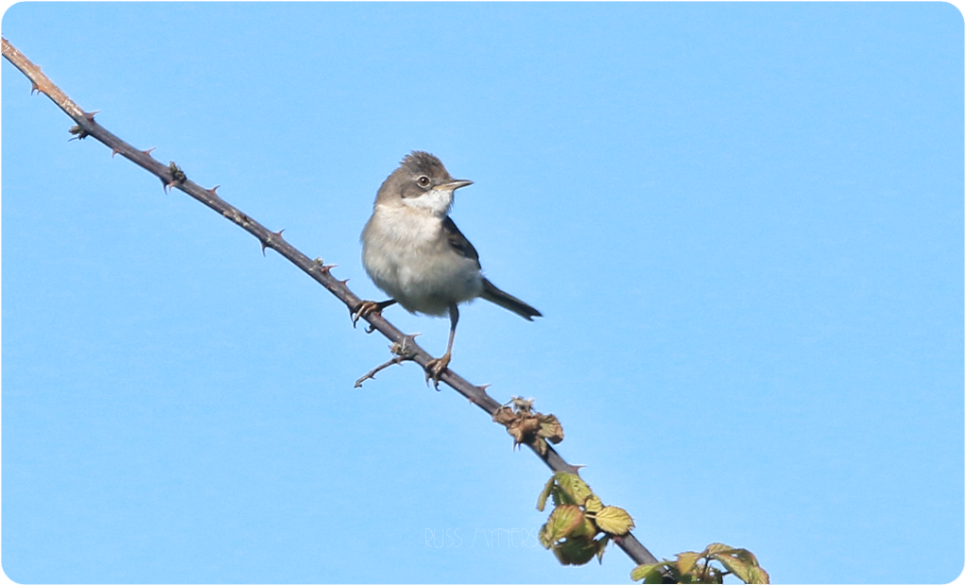
Cloudy weather mixed with bouts of brilliant sunshine this week oversaw the arrival of our first Dragonfly in the reserve. Right on time, outside one of the screens on the Deep Water Lake we saw a Hairy Dragonfly taking off and buzzing over the top with a thunderous drone. These Hairy Dragonflies are usually the first Dragonflies to appear on the reserve here at Llanelli. The insect has a hairy thorax, and the male is dark with blue and green markings and the female is dark with some yellow markings, and the numbers are steadily rising as days go by.
From the British Steel Hide on the Dafen Scrape we've had our first sighting of Garganey ducks, a male and female dabbling in the banks of rush. These ducks are illusive and difficult to spot due to their size which is similar to a Teal. However, when the Garganey is out in the open the male's strikingly white stripe above it's eye is hard to ignore.
The female is slightly harder to identify, with a subtle black marking under its eye, but the two should usually be together which will help pin down the species. Like most of our other summer migrants, this bird is likely to have travelled from Africa to spend the Summer here to thrive before returning home around September.
Elsewhere on the Millennium Wetlands, the first Cuckoo bird was spotted in the Eastern Scrapes near the canoe safari.
Annually we have the arrival of a Cuckoo, and it seems to be here already. It's textbook song will soon echo through the hedges and reedbeds.
The Sedge Warblers have increased drastically over the last two weeks, this week there's multiple on the Centre Path and on the Southern Loop. Their song is a ramble with lots of short, sharp notes, almost robotic in sound. During a song, they'll repeat notes at the same pitch before slotting in a dropped note, a whoop, or a trill. Their songs are fascinatingly complex, and really a joy to listen to.
Another migrant arrival this past week is the Lesser Whitethroat. The song can be characterised by a rattling long trill but the birds are illusive. If they make themselves apparent, they have a white patch on their throat and a greyish head, followed by an evenly brown back and wings, and a grey head.
The Black-headed Gulls are busy nesting on the Deep Water Lake stone island where they can be seen mating, courting, or visiting the cut section of the reedbed close to the Peter Scott Hide to collect sticks and reeds to build nests. We've counted 70 nests so far, but it's difficult to get a good estimate with so many birds in close proximity to each other.
Wherever you are this week, the British Steel Hide is a great place for Swallows, Sand Martins, Shoveler, Tufted Duck, Gadwall and our visiting Gargeneys. We've also had 300+ Black-tailed Godwit, small numbers of Dunlin, Spoonbills, and a couple of Spotted Redshank.
Over to the Peter Scott and Heron's Wing Hide we have great views of ducks, nesting Lapwing, Black-headed Gulls, Mediterranean Gulls, and crowds of Warblers.
